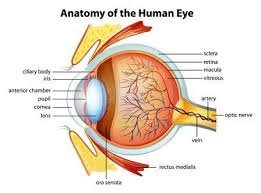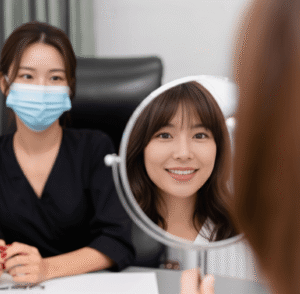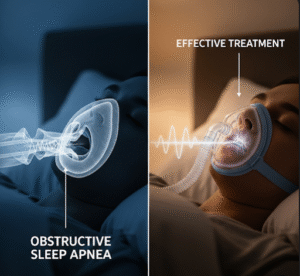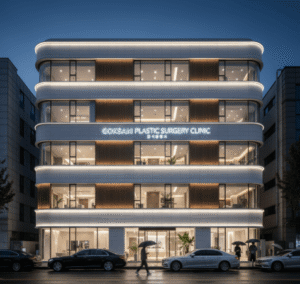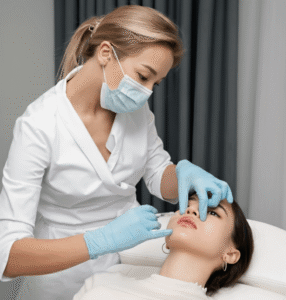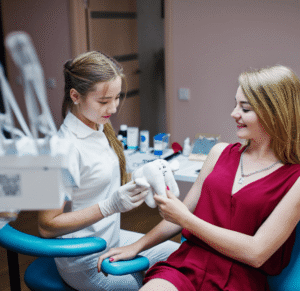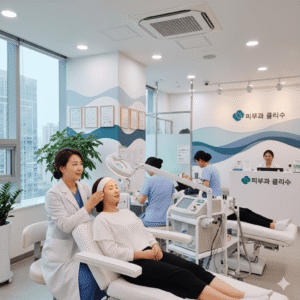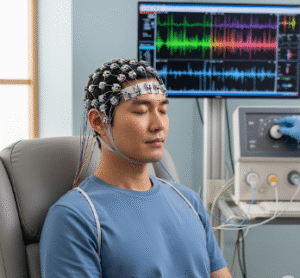Overview
Day blindness, also known as hemeralopia, is a visual condition where individuals experience difficulty seeing in bright light or during daytime. While night vision remains relatively normal, patients may struggle with glare, light sensitivity, or blurred vision under daylight. In Korea, ophthalmology centers including Seoul National University Hospital, Asan Medical Center, and Samsung Medical Center provide comprehensive diagnosis, genetic counseling, and management for day blindness. Early evaluation is important to optimize vision and quality of life.
What is Day Blindness?
Day blindness (hemeralopia) is a rare vision disorder in which the retina or photoreceptor cells cannot properly adapt to bright light. It may be caused by retinal diseases, genetic mutations, or photoreceptor dysfunction. Day blindness can be congenital or acquired, and it affects both children and adults depending on the underlying cause.
Symptoms
- Poor vision in bright sunlight
- Difficulty seeing during the day or in well-lit environments
- Squinting or light avoidance
- Blurred vision in daylight
- Eye strain or discomfort under strong lighting
- Normal or near-normal night vision
Causes
- Congenital retinal dystrophies such as cone dystrophy
- Mutations affecting cone photoreceptors in the retina
- Ocular conditions like cataracts or corneal opacities
- Inflammatory retinal disorders
- Vitamin A deficiency (rare in Korea due to diet)
Risk Factors
- Family history of retinal dystrophies or genetic eye disorders
- Inherited conditions affecting photoreceptors
- History of retinal inflammation or injury
- Age-related retinal degeneration in older adults
Complications
- Difficulty performing daytime activities such as driving or reading
- Increased risk of accidents due to impaired daylight vision
- Dependence on visual aids in bright conditions
- Emotional stress or reduced quality of life due to visual impairment
Prevention
- Early genetic counseling for families with hereditary eye disorders
- Regular eye examinations for early detection of retinal or photoreceptor issues
- Protective eyewear to reduce glare and UV exposure
- Proper nutrition including vitamin A and carotenoids to support eye health
- Prompt treatment of ocular injuries or inflammatory eye diseases
Treatment Options in Korea
Treatment focuses on managing symptoms, protecting vision, and addressing underlying causes.
- Diagnosis
- Comprehensive eye examination with visual acuity and refraction tests
- Electroretinography (ERG) to evaluate retinal function
- Optical coherence tomography (OCT) for retinal imaging
- Genetic testing for inherited retinal dystrophies
- Medical Treatments
- Corrective lenses or tinted glasses to reduce glare
- Use of sunglasses or adaptive filters in bright environments
- Nutritional supplementation for retinal health
- Management of underlying ocular conditions such as cataracts
- Surgical Treatments
- Cataract surgery if lens opacity is contributing to day blindness
- Retinal procedures in rare cases of structural retinal defects
- Specialized Hospitals in Korea
- Seoul National University Hospital – Advanced retinal and genetic eye care
- Asan Medical Center – Ophthalmology department for rare vision disorders
- Samsung Medical Center – Eye clinic with specialized imaging and rehabilitation
- Yonsei Severance Hospital – Comprehensive management including low vision aids
- Long-Term Follow-Up
- Regular retinal evaluations to monitor disease progression
- Adjustment of visual aids for changing vision needs
- Supportive care including low vision rehabilitation and counseling
- Education for patients and families to improve daily functioning

